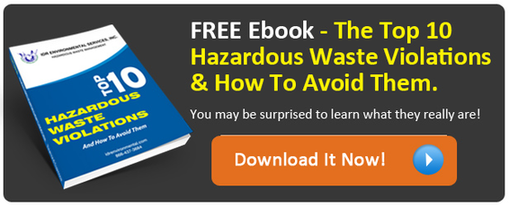Mercury, dental amalgams and X-ray fixer or developer are pollutants that can damage fresh water supplies and the local environment. Dental health affiliates – usually consisting of 4-10 practitioners – need to ensure their compliance with medical waste disposal or dental hazardous waste disposal-laws for these types of hazardous wastes.
Each must be stored and disposed of in a separate container to assure safety standards are upheld. As the generator of these wastes, dental offices are legally responsible for their proper disposal.
Separation of Dental Waste Streams
Small dental businesses usually have a moderate quantity of hazardous wastes to dispose of. The ADA strongly recommends recycling as a best dental waste management practice for dental offices.
Factors to keep in mind when recycling dental wastes include:
-
Used to restore teeth as a direct filling material after removing tooth decay, dental amalgam can be as much as 50% mercury, with as much as 25% silver and the remaining components (25-35%) chiefly a mixture of copper, zinc and tin. Improperly separated and disposed or recycled, mercury and silver are particularly hazardous.
-
Mercury can also be found in dental offices in thermometers, blood-pressure reading equipment and thermostats. Appropriately separated, mercury amalgam waste can be safely recovered through distillation for recycling into new products.
-
Other typical examples of dental amalgam waste are scrap particles from mixing-capsules, deposits from dental-chair waste-traps and residue left in vacuum pump filters, as well as amalgam sludge from devices used for separating hazardous wastes from amalgam scrap.
-
Particular care needs to be taken because dental filtration systems are not 100%-effective. This may allow some waste amalgam to enter the office's wastewater discharge, potentially contaminating the local aquifer and water supply. Because the 100-2,000 parts-per-million (ppm) of mercury in dental wastewater far exceeds the typical regulatory level 0.2 ppm, an amalgam separator is required to separate mercury and other scarp amalgam before the waste liquids are discharged into the sewer.
Chair-Side Traps: A Primer
Amalgam is not the only hazardous dental-substance requiring specialized separation upon disposal. Among other hazardous wastes are:
-
X-ray fixer has a silver-content of 3,000-8,000 ppm, far exceeding the recommended safety-level of 5 ppm. Used fixer should be stored separately in an appropriately marked, leak-proof container. It should not be washed down the drain into a septic tank, or placed out for garbage collection. A hazardous waste management service or your fixer-supplier should be contacted for pick-up and proper disposal.
-
X-ray developer contains the toxic substance hydroquinone when unused, and must be kept separate from your dental wastewaters or any access to local sewage or fresh water. Hydroquinone is consumed during the developing process, so used developer in non-toxic, and may be disposed down the drain.
-
In combination, x-ray fixer and developer are dangerous; they should never be mixed - and must be disposed of, separated as hazardous waste if have been. Newer digital x-ray machines do NOT require use-of or produce the dangerous materials of older analog photographic x-rays.
-
Lead is used in dental offices as foil for x-ray packets, x-ray protective-aprons and boxes for storing x-ray film. All lead-bearing items must be disposed of as dangerous waste; it is recommended that lead boxes and the older-style lead-films be phased out of practice, as they generate lead-poisoning with prolonged exposure.
-
Biomedical wastes, which often include blood-saturated dental-gauze, swabs or compresses, should be red-bagged separately to distinguish them from other hazardous waste. "Sharps," primarily used hypodermic-needles, also require separation and very specialized handling to assure no one involved with their disposal is inadvertently stabbed by these potentially infectious items.
Conclusion
As these numerous conditions demonstrate, dentists must separate their hazardous wastes for their patients', and their own, safety.


Comment